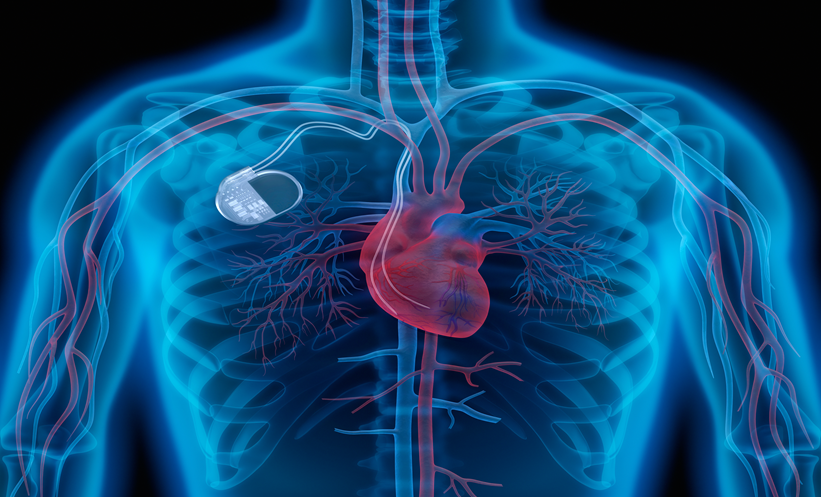Abstract
Transcatheter aortic valve implantation (TAVI) has emerged as an alternative for multimorbid patients not suitable for open heart surgery. The vicinity of the conduction system, especially the atrioventricular node and His bundle to the non-coronary and right coronary aortic cusp, predisposes these patients to conduction abnormalities. However, due to the shape of both available transcatheter aortic valves (CoreValve and Edwards SAPIEN valve) these rates are different. To date, there is no clear information about the true rate of atrioventricular block, the significance of left bundle branch block as well as the transient or permanent nature of these conduction disorders. Due to this, the rate of subsequent pacemaker implantation exceeds up to 50%, which itself may be associated with worse clinical outcomes. Thus, there is a need for further data from large-scale series with a glance to the true rate of clinically relevant conduction disorders.
Please view the full content in the pdf above.








